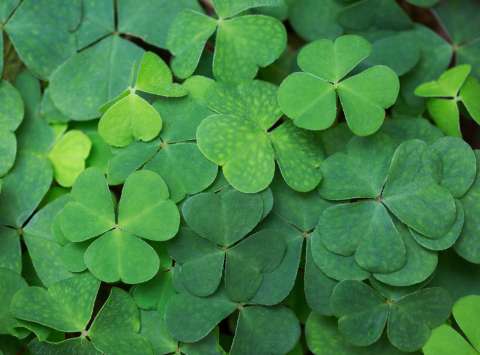
Don’t know much about St. Patrick’s Day beyond its Irish roots, wearing green or partaking in festive spirits? Well the holiday’s origins have more to do with religious spirits than the librations we associate with it today. Let us help you boost your random knowledge quotient. Here’s some simple trivia to recall the next time someone threatens to pinch you for not wearing (enough) green on St. Patrick’s Day.
-
What’s So Special About Saint Patrick?
As implied by the name, St. Patrick’s Day is a Christian holiday, commemorating a saint named Patrick. But what did he do to earn his own popular holiday? Turns out he didn’t drive the snakes out of Ireland, as myth would have it. Saint Patrick is actually the main patron saint of Ireland, and over time, celebrations of him became synonymous with celebrations of Irish culture. While the name stuck, today, St. Patrick’s Day is more about celebrating its origin culture than the person it’s named for.
-
Why Do We Wear Green?
Because St. Patrick might have used three-leaved shamrocks as a tool to explain Christianity’s Holy Trinity to pagans. Besides that, the color green has long been significant to Irish culture based on its frequent use in national and cultural flags and songs. The color’s original use in St. Patrick’s Day dates back more than 300 years! SPOILER ALERT: There’s no one reason why it’s tradition to wear green, but legend has it that wearing green keeps leprechauns from pinching you. We haven’t been pinched yet, so it seems to be working.
-
Not Just in the U.S. and Ireland?
That’s right — St. Patrick’s Day festivities aren’t limited to just two countries. People in countries around the world — including Argentina, France, Germany and Japan — don green and host parades for the big day. Some celebrations are literally out of the world, thanks to astronauts at the International Space Station.
-
Why Drinking?
St. Patrick’s Day started as a reprieve from the austerity of the Christian season Lent, during which Christians fasted for 40 days. St. Patrick’s Day was a day off from Lent to feast and drink. Nowadays, these aspects of the holiday are a bit more exaggerated. If you’re of age, indulge, but remember to be safe and responsible!




